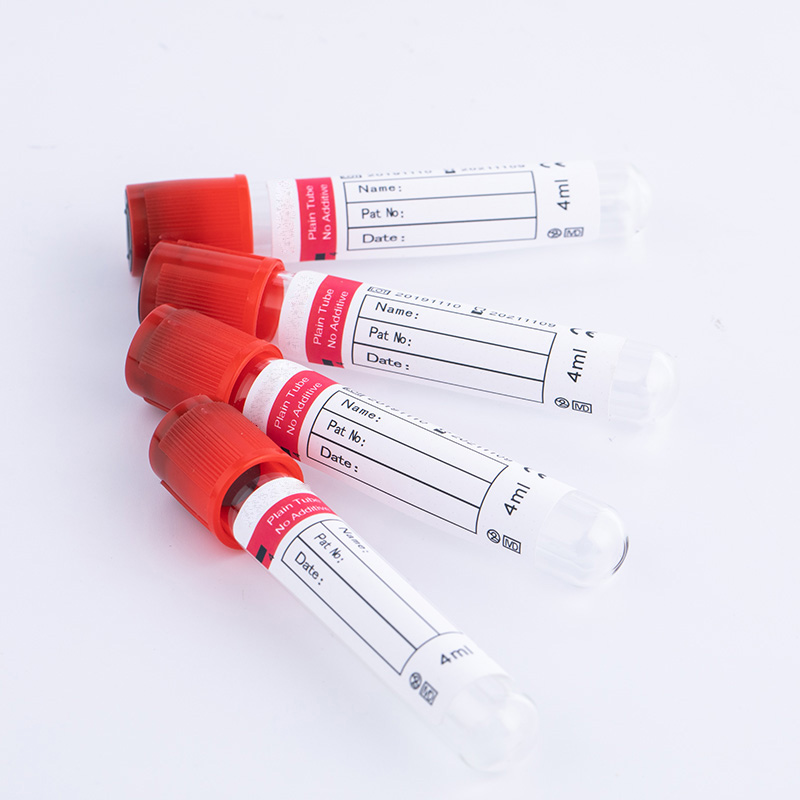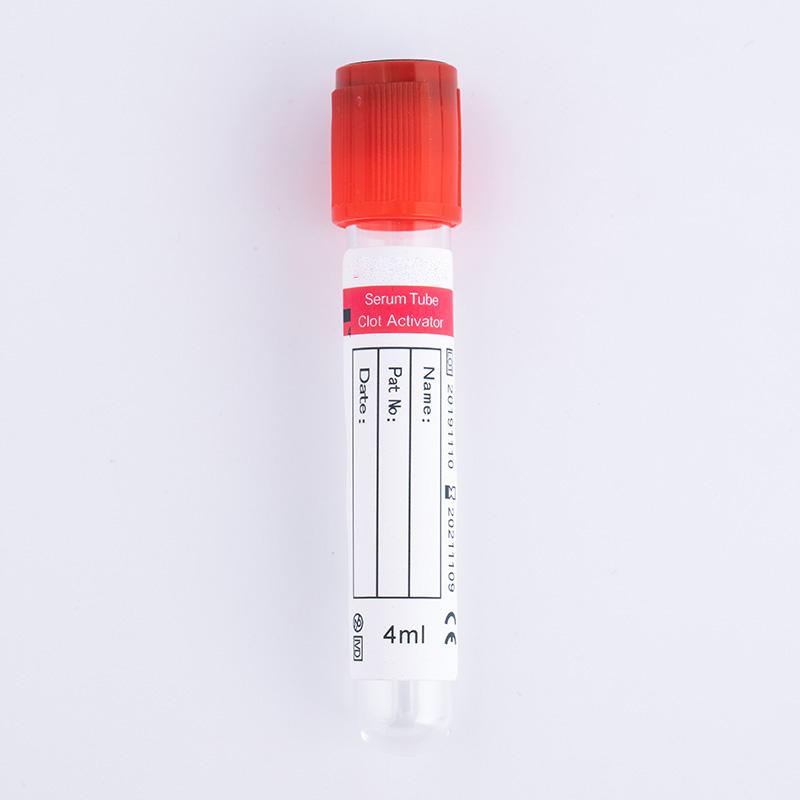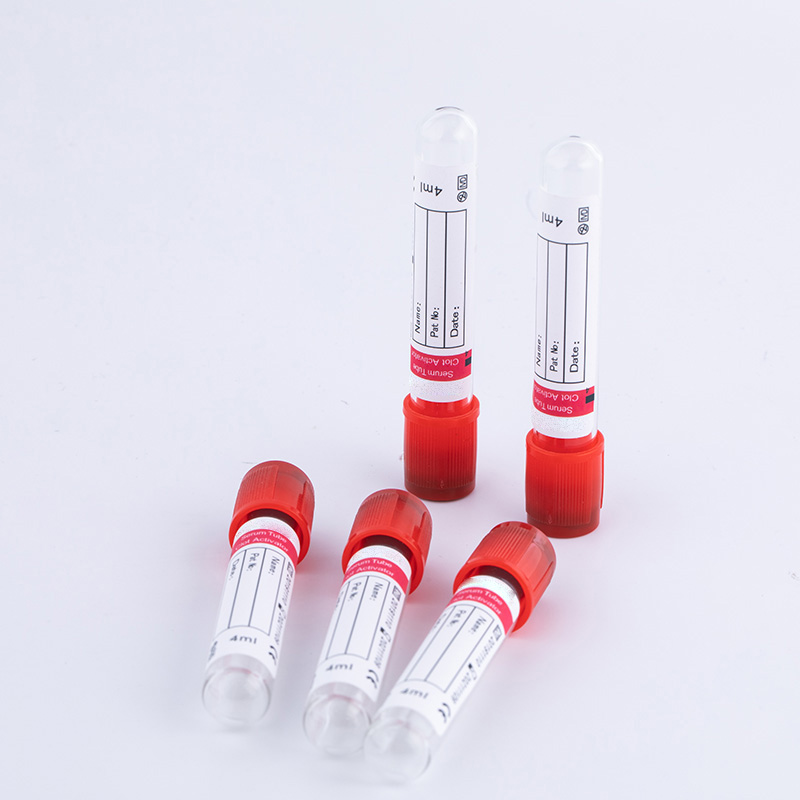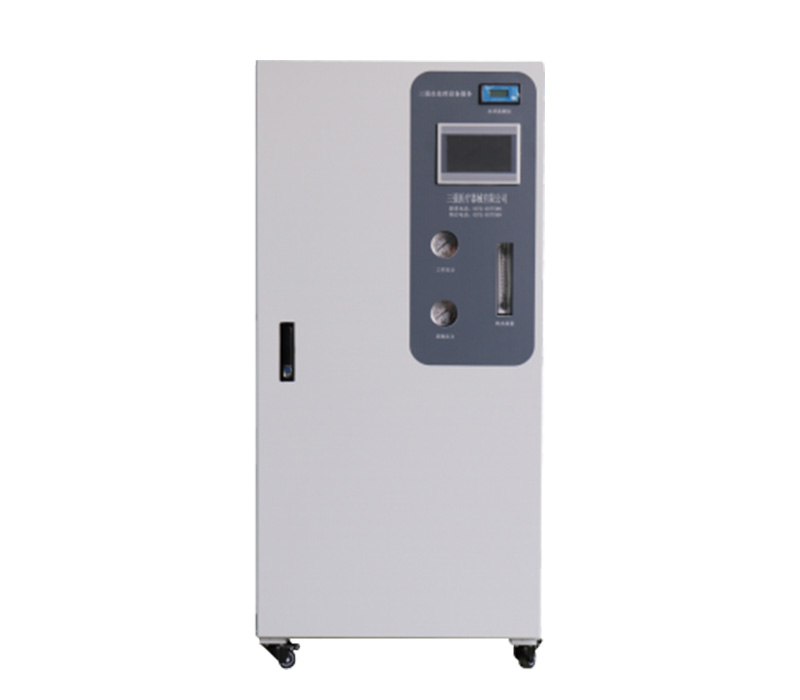Blood Collection Tubes
Blood collection tubes are crucial innovations employed in clinical laboratory to process, preserve and transport blood specimens for analysis. Hence these tubes are particularly made in a way that they do not affect the blood samples’ results by the laboratories. There are different kinds of blood collection tubes depending on the type of additive they contain such as anticoagulant, clot promoting solution or preservative solutions for the blood sample to be used on various tests. Each type of test, body fluid, primary reagents or other specific uses of the tubes is indicated by the colour of the tubes as follows: Glucose, Blood Chemistries, Coagulation Studies etc. They are significant for determining the precise forms of the disease and the proper treatment in medical practice.

Unsterile Vacuum Blood Collection Tube
- Medical grade PP material
- Grip flange cap
- Tube size 13x75mm
- Type: Plain, EDTA, Serum, SST, Heparin, PT, ESR, Glucos
CATEGORY:
Blood Collection Tubes
-
Description
An unsterile vacuum blood collection tube is a medical grade tube used for the collection, storage and transportation of blood samples for analysis in laboratory. Unlike sterile tubes, these unsterile tubes are commonly used in non critical applications where sterility is not required. Commonly made from high quality polypropylene (PP) the blood collection tube has a vacuum mechanism to collect blood very precisely with minimum discomfort to the patient. The Plain, EDTA, Serum, SST, Heparin, PT, ESR or Glucose tubes come in various types and they have different diagnostic uses.
Features of Unsterile Vacuum Blood Collection Tube
- Medical-Grade PP Material: Made of high quality medical grade polypropylene (PP) with good strength and chemicals resistance.
- Grip Flange Cap: Grip flange cap ensures secure sealing and an easy handling during sample collection and transportation.
- Tube Size 13x75mm: Its compact tube size of 13x75mm is also perfect for use in a load of laboratory instruments and convenient storage.
- Vacuum Technology: Accurate blood volume collection is without manual adjustment as the pre set vacuum inside the tube.
Applications of Unsterile Vacuum Blood Collection Tube
- Clinical Laboratories: Used in medical laboratory for routine diagnostic testing / blood specimen analysis.
- Blood Banks: They are also useful in blood banks for non critical blood sample processing and analysis.
- Research Institutions: For blood sample collection in non sterile environments and low risk applications.
- Educational Settings: Used frequently in medical and research training areas where sterility is not critical.
- Diagnostic Clinics: Suits a wide variety of diagnostic tests such as biochemistry, haematology and glucose analysis in clinical areas where sterility is not essential.
More Vesemed Products
View all patient monitors, medical devices and products in one convenient location.













